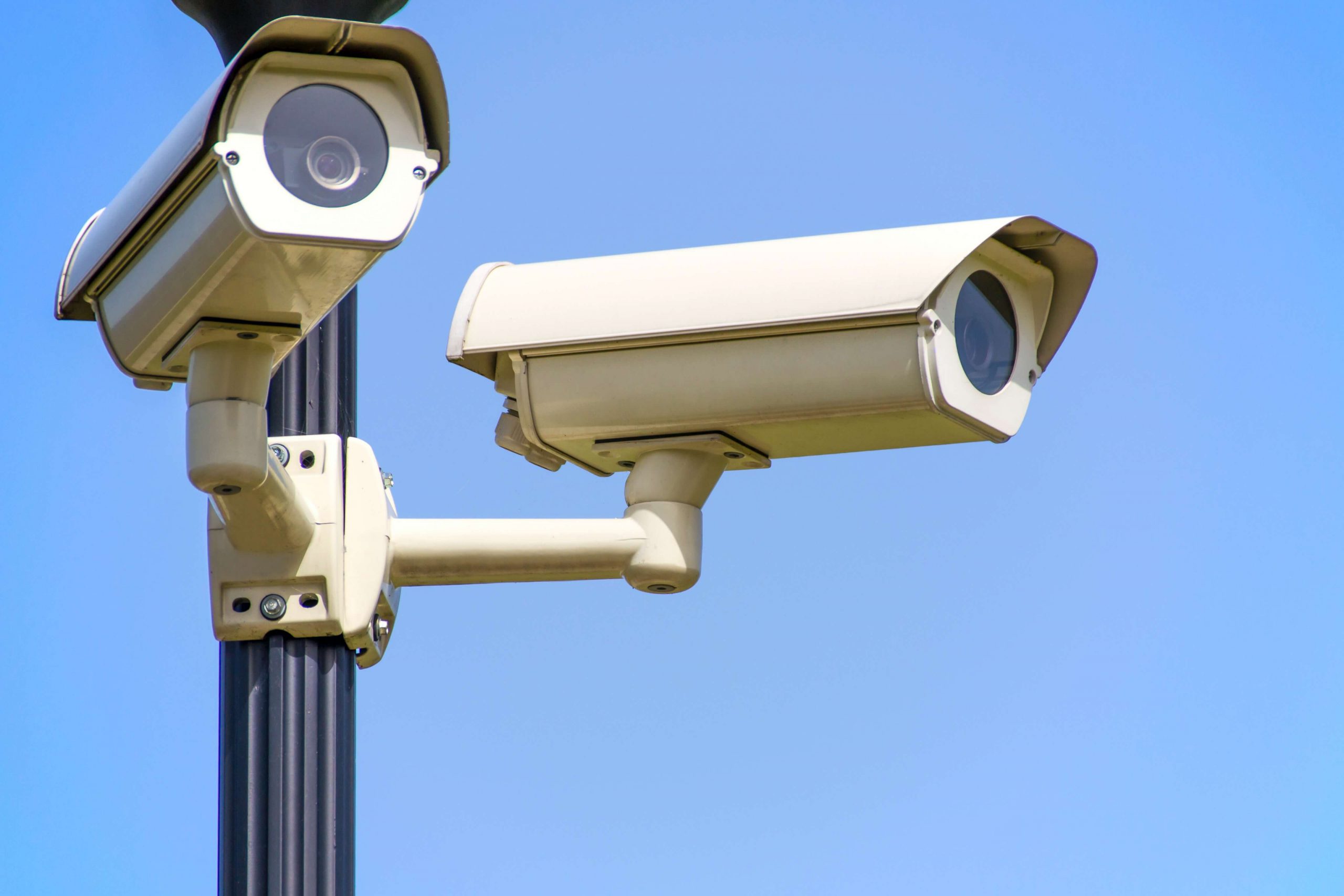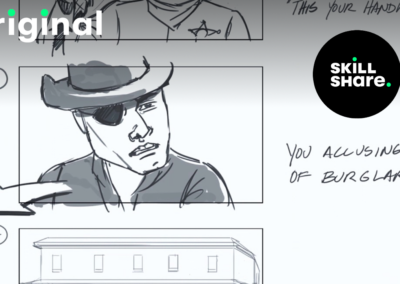Online teaching is on the rise and it’s here to stay. Whilst you’re creating lesson plans and personalising remote support, don’t forget to consider the safety of both you and your students.
Safeguarding concerns have been raised, as schools incorporate virtual lessons into usual teaching practice. So how can you stay safe when teaching remotely? We’ve got six essentials you need to get it right.
1: Protect personal information
You have a personal responsibility to keep confidential information safe. In the classroom, it’s easy when work is saved on a secure server or locked in filing cabinets. When you’re teaching from home, it’s harder to keep information confidential.
Personal data includes anything that can directly, or indirectly, identify someone. It includes information relating to students, parents, and your colleagues. Check your school’s General Data Protection Regulation (GDPR) policies to make sure you understand how you can keep information safe.
Examples of personal data include:
- Your name
- Home address
- Health information
- Email address
- Photos
- Racial or ethnic origin
- Political or religious beliefs
- Sexual orientation
If you’re teaching from home or public space, think about how you can store information securely. Avoid saving onto a portable device like a plug in hard drive or USB stick. Use school laptops wherever possible instead of a personal computer. Phone conversations should take place privately. Be aware of people overhearing you when you discuss sensitive information.
When you communicate with groups of parents or students, keep their email addresses private by using the blind carbon copy (Bcc) function and don’t include any personal information in the body of the email.
If you’re storing information online, use a trusted platform and check the settings are private. No one should be able to see or make copies of your documents. If you are worried about particularly sensitive information, add password protection to make it secure.
2: Set clear ground rules
Online teaching blurs the line between home and work. You need to keep professional boundaries and educate your students about what is, and is not, appropriate.
Students need to know how they can contact you, expectations about behaviour, and how they should dress for online live lessons. Discuss as a staff team what you expect of your students and create a simple information guide to send home.
3: Self-safeguarding
It’s important to keep yourself safe when teaching online. Think the unimaginable and avoid putting yourself in a position that could ever raise questions. Don’t share your personal information and use a neutral background when video calling. Recording all live video calls creates a useful record of communications.
Set business hours (ideally around school timings) when you will view and reply to messages from students and parents. Get approval from your senior leadership team before making any 1:1 video calls.
Communicate with parents and students through your school email address. Never contact a child using their personal email address, mobile phone, or through social media. Ask a colleague to join you if you have any concerns about making a particular call.
Ideally, you will always have two members of staff present for online lessons and communications, but this isn’t always possible. Make other colleagues aware when you are holding a lesson. Publish the times beforehand following an agreed timetable. Avoid arranging ad hoc classes and always have permission from your school.

4: Know how to report concerns
Who do you contact with a worry about a student or parent and how do you do it? Schools have preferred ways to raise safeguarding concerns. Make sure all safeguarding reports are written rather than verbal to create a paper trail.
This could include:
- Raising an alert through a dedicated email address
- Contacting trained colleagues in charge of safeguarding
- Filling in a specific template
- Answering a list of questions
Report any concerns immediately and keep them confidential, without trying to solve the problem yourself. Don’t dismiss anything that makes you worried, no matter how small it may seem. Something that seems insignificant could be part of a larger picture of concern.
5: Check security settings
There are lots of great resources available freely online, but they require careful checking to ensure they’re suitable for your students. Try websites before a lesson to make sure they are safe. You could increase your home security settings during lessons to block anything inappropriate from popping up when live teaching.
Educate parents in how to add parental filters and controls onto children’s devices. Explain how to report anything online that concerns them. Many schools run regular training sessions to help them learn more about internet safety.
6: Shared understanding of online learning
Your school should have a clear policy on how you will deliver online learning so you can keep yourself and your students safe. If you’re not sure, be cautious and seek permission from your senior leadership team before trying something new.
You need to know:
- If lessons can be taught live or as pre-recorded videos
- Whether students can use their cameras and microphones in live lessons
- How you can contact students and parents
- If you can contact students 1:1 or only within a group setting
- Which online platforms you can use
- How students submit work to you
Check out this useful infographic for teachers that clearly shows areas your school must consider to make online learning safe for everyone.
Final Thoughts
Online teaching offers huge potential for distance learning, but we must consider how we can make it safe for students, parents, and teachers.
You should be aware of specific groups of children who are more vulnerable, such as those with Special Educational Needs or Child Protection involvement. How can you make online learning safe for them?
Thinking about safeguarding means never putting yourself in a position of risk and knowing exactly what to do when faced with a concern. Safeguarding is everyone’s responsibility.







